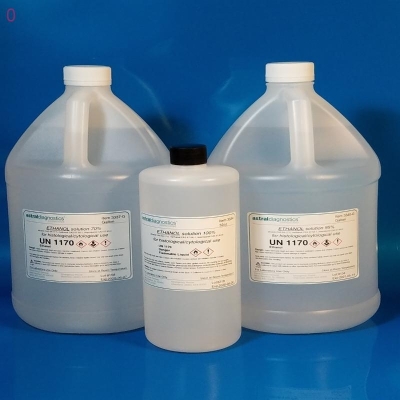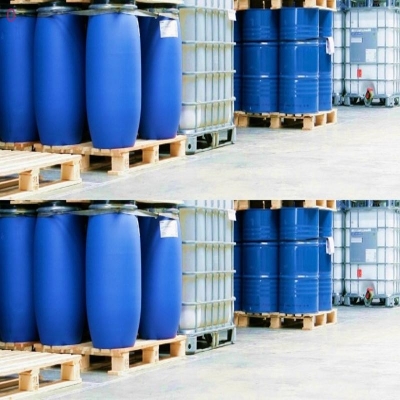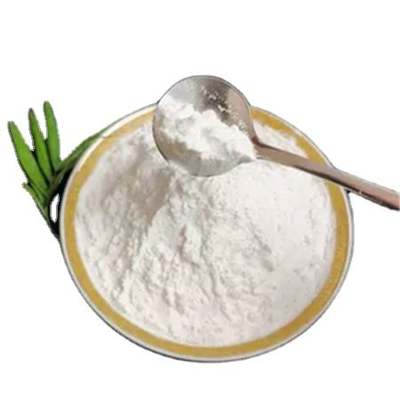-
Categories
-
Pharmaceutical Intermediates
-
Active Pharmaceutical Ingredients
-
Food Additives
- Industrial Coatings
- Agrochemicals
- Dyes and Pigments
- Surfactant
- Flavors and Fragrances
- Chemical Reagents
- Catalyst and Auxiliary
- Natural Products
- Inorganic Chemistry
-
Organic Chemistry
-
Biochemical Engineering
- Analytical Chemistry
- Cosmetic Ingredient
-
Pharmaceutical Intermediates
Promotion
ECHEMI Mall
Wholesale
Weekly Price
Exhibition
News
-
Trade Service
Lewis acid refers to substances that can accept electron pairs.
Figure 1.
Recently, the Ye Qing team of Southern University of Science and Technology developed a class of ortho-carborane based on its past work on three-dimensional benzoborene analogs (J.
Figure 2.
In order to verify the Lewis super acidity of such compounds, the author used the Gutmann–Beckett method, the method of calculating fluoride ion binding energy (FIA) and hydrogen ion binding energy (HIA), respectively, and compared with SbF5 and B(C6F5)3 (Figure 3) It is found that all the three-dimensional analogues (1-4) of 9,10-boranthracene are more acidic than SbF5 and B(C6F5)3, and conform to 2>1>4>3>B(C6F5)3/ The order of SbF5.
Figure 3.
In order to further understand the role of carborane in the construction of Lewis superacids, the author also compared the electronic structure and energy of the frontal orbitals of the two-dimensional and three-dimensional 9,10-boranthracene three-dimensional analogs through DFT calculations (Figure 4) .
Figure 4.
The author also reacted three-dimensional halogenated derivatives 1 and 2 with triethylsilane to obtain triethylsilane adduct 5 and fully characterized it.
Figure 5.
Since this type of Lewis super acid is easy to obtain (it can be prepared at the gram level), it is foreseeable that the new type of Lewis super acid 9,10-boranthracene three-dimensional analog developed by Ye Qing’s team will be activated in small molecules, Lewis acid Catalysis, the construction of hindered Lewis acid-base pairs (FLP), and the construction of weak coordination anions (WCAs) have good application prospects.
This result was published in the recent Journal of the American Chemical Society.







